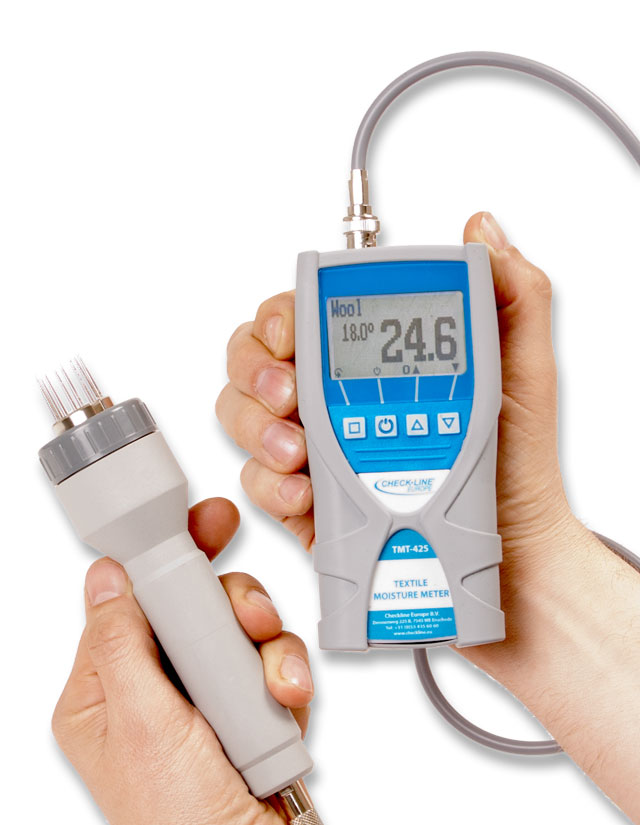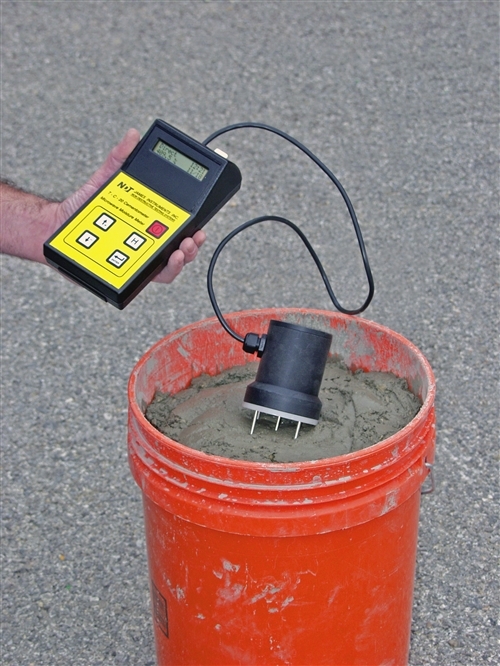The Ultimate Overview to Moisture Meters: A Comprehensive Overview and Just How They Can Save You Money
In the world of building maintenance, construction, and different markets, the significance of accurately measuring wetness degrees can not be overstated. Dampness meters act as essential devices in spotting and keeping track of moisture content in materials, helping in protecting against expensive problems and making certain the top quality of items. Recognizing the subtleties of different kinds of moisture meters, their applications, and the possible cost-saving benefits they offer can be a game-changer for organizations and specialists alike. Discovering just how these tools can not only streamline processes however additionally contribute to monetary savings is a journey worth beginning on.
Types of Moisture Meters
One usual type is the pin-type moisture meter, which determines the electric resistance in between 2 pins put right into a material. Pinless wetness meters, on the other hand, usage electromagnetic sensor plates to check a larger location without triggering damages to the product's surface area.
Furthermore, there are additionally specialized moisture meters created for certain materials like dirt, grain, or hay. These meters give accurate wetness analyses tailored to the one-of-a-kind residential or commercial properties of the material being examined. Infrared dampness meters gauge the thermal residential or commercial properties of a product to determine its moisture web content non-invasively, making them helpful for applications where pin or pinless meters may not appropriate. Understanding the various kinds of moisture meters offered can aid industries choose one of the most appropriate tool for their certain moisture dimension needs.

Benefits of Utilizing Moisture Meters

Additionally, utilizing dampness meters can lead to enhanced energy efficiency. In agricultural setups, dampness meters play a critical duty in optimizing crop returns by enabling farmers to check soil moisture degrees and make educated watering decisions.
Exactly How to Pick the Right Moisture Meter
Picking the suitable moisture meter includes thinking about essential aspects such as material compatibility, dimension range, and calibration precision. When picking a wetness meter, it's crucial to guarantee that the meter is suitable for the specific product you will certainly be testing. Various materials have varying electric buildings that can affect dampness analyses, so picking a meter designed for your product is vital for accurate results. In addition, consider the dimension array of the wetness meter. Make certain that the meter can identify moisture degrees within the range required for your applications. Calibration precision is another crucial aspect to bear in mind (Moisture Meter). Select a wetness meter with reputable calibration to guarantee precise and constant analyses. Some meters might require regular calibration adjustments, so recognizing the calibration procedure is very important. By thoroughly reviewing these variables, you can select a dampness meter that fulfills your demands and provides exact dampness measurements for your tasks.
Correct Techniques for Moisture Meter Usage
To guarantee exact wetness analyses and take full advantage of the performance of a dampness meter, using appropriate methods is crucial. When making use of a pin-type moisture meter, put the pins or probes into the product being tested till they make complete contact. By complying with these correct methods, customers can count on their wetness meter to provide reliable wetness levels, assisting in avoiding expensive damage or guaranteeing quality in numerous applications.

Cost Savings With Moisture Meter Applications
How can the tactical application of wetness meters cause substantial expense savings throughout various markets? Wetness meters play a critical function in price savings by avoiding prospective damage and guaranteeing quality control in different industries. More Help In the farming market, moisture meters aid in figuring out the optimal time for collecting plants, preventing excess or over-drying moisture that can affect the end product's quality. This precise tracking assists farmers avoid unnecessary losses and maximize their return.

In addition, in the food processing industry, moisture meters are crucial for checking item high quality and making Get the facts sure conformity with safety policies. By accurately gauging dampness material in food products, producers can stop perishing, keep quality, and decrease waste, resulting in significant cost financial savings. Overall, the calculated application of dampness meters is a beneficial financial investment that can cause significant price reductions and boosted effectiveness across different sectors.
Conclusion
In final thought, dampness meters are valuable devices for identifying and determining moisture levels in various products. By making use of the appropriate dampness meter and complying with correct strategies, users can effectively protect against expensive damages caused by excess moisture.
Wetness meters offer as vital tools in discovering and keeping an eye on moisture content in products, helping in stopping costly problems and guaranteeing the high quality of items. Infrared dampness meters measure the thermal properties of a material to determine its moisture web content non-invasively, Source making them helpful for applications where pin or pinless meters may not be ideal.Moisture meters provide vital benefits in precisely monitoring and analyzing dampness levels in diverse materials and settings. In farming setups, wetness meters play a critical duty in maximizing crop yields by making it possible for farmers to monitor soil moisture degrees and make educated irrigation choices.In verdict, wetness meters are useful devices for gauging and detecting dampness levels in various materials.